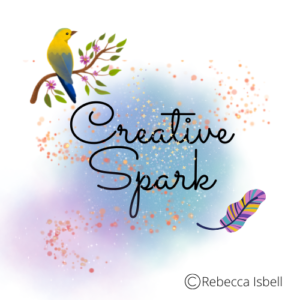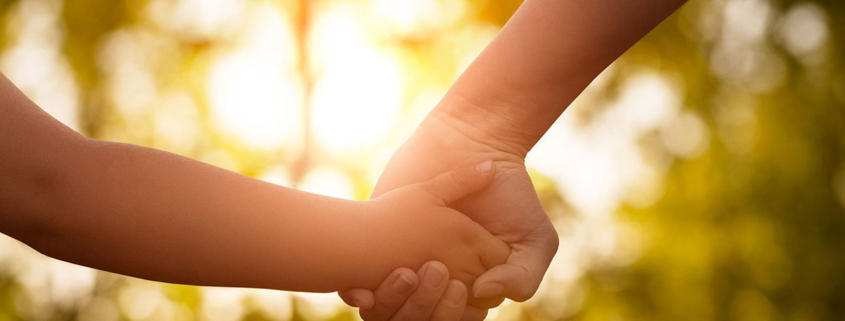When I am doing professional development with early childhood educators, I often ask them, “Are you creative?”
Too often, the resounding response is “No.”
I am always surprised by this response. I don’t believe anyone can be an educator of young children who is not a creative thinker. You are challenged to be creative everyday. For example, you have no red paint for Valentine’s cards. What can you do? You don’t have enough apples for a snack, but then you find the “heart” when you cut them in half. It is freezing, and you can’t find hats or gloves for all the children to go outside. How can you adapt? You forget the words for the children’s favorite song, so you improvise or compose some new words to fit the tune. Perhaps you don’t think solving these problems is being creative…but IT IS! It is personal creativity that you use each day.
Would you like to unlock more of your creativity and set your spirit free? Perhaps you would like to have more ideas and possibilities to use with your children. Would you like to gain confidence in your ability to respond to challenges in the classroom?
The “Circle of Creativity” sessions, offered in March, may just be the spark that will help you unleash your amazing creative possibilities. You have the ability to think in new ways, design a creative environment, and be a model of creative thinking for your children. In this small, focused group, we will explore our capabilities and find new possibilities.
I am excited about this new opportunity that has never been offered before. I invite you to be a part of the first class of 15 early childhood educators as we gain confidence in our abilities and nurture our creativity!
Let us explore new possibilities for personal growth!

Specifics for joining the inspiring group are below:




















